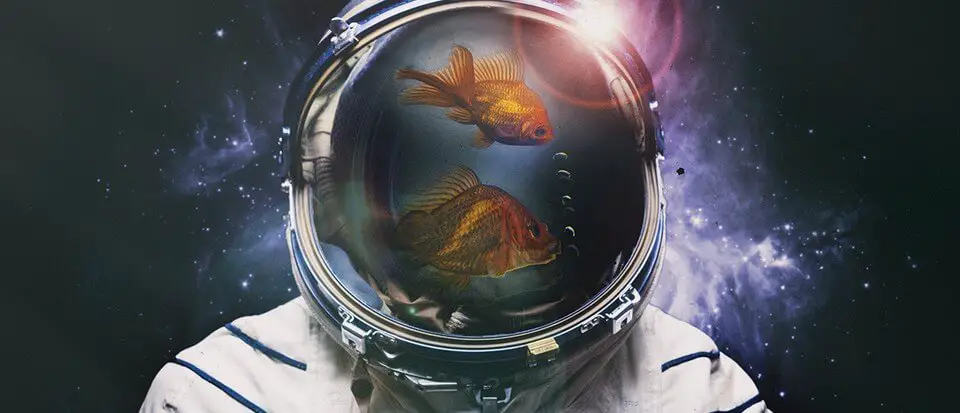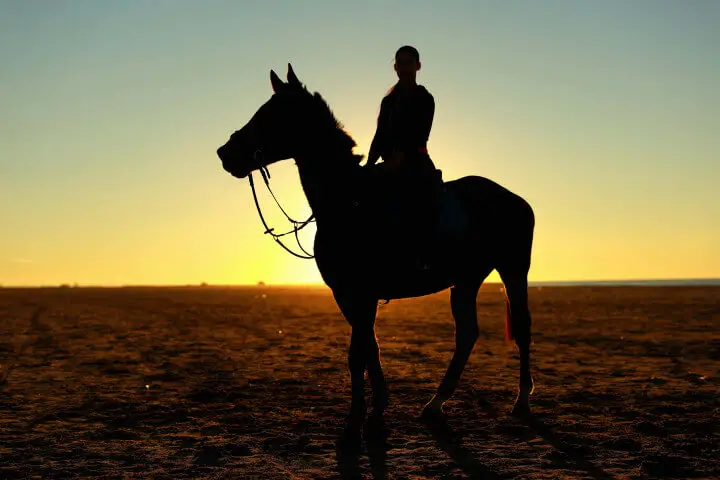Often referred to as the king of the animal kingdom, this magnificent creature is characterized by its unparalleled strength, natural instincts, and regal demeanor. With a rich history of both mythological and real-life significance, the Apollo animal has captured the imagination of people from all walks of life.
Definition of Apollo Animal

There is no such thing as an Apollo Animal. Apollo is the Greek God of music, prophecy, healing, and many other things. He is often depicted as a handsome, beardless youth with long hair and a wreath of laurel. He is associated with the sun, light, truth, and the protection of the young. Apollo is also associated with animals such as raven, swan, and dolphin. However, there is no animal specifically called the Apollo Animal. It’s best to stick to factual information about Apollo, his mythology, and his various attributes and associations, rather than searching for something that doesn’t exist.
Importance of animals in space exploration
- Pioneers in Space Exploration: Animals were the first living creatures to be sent into space, paving the way for humans. They tested the survivability of spaceflight before attempting human spaceflights.
- One Health Approach: Animals are scientific pathfinders, heroes, and explorers who have helped us understand the risks and benefits of space exploration. This approach is unique and integrates animal and environmental concerns in a multidisciplinary context.
- Insightful Findings: Animals have been used successfully to test human survival in space without loss of life or injury to the animal. Non-harmful testing procedures can result in insightful findings that benefit not only humans but also animals.
- Research Back to Earth: Research into animal survival under extreme conditions in space is helping us improve life for humans on Earth. The International Space Station (ISS) tracks migratory bird patterns from space to provide information on natural disasters and infectious diseases on Earth.
- Future Space Travel: Experiments are being conducted to understand the impact of future space travel on humans, including effects on bone loss and muscle use during extended space flights. Animal studies are providing insight into space travel’s impact on humans.
- Collaborative Efforts: Successful international collaboration has boosted research in animal space exploration, especially on the ISS. Animals have helped us expand our understanding of living in space and improve life on Earth.
Brief history of animals in space
- Fruit Flies: In 1947 American scientists sent the first animal to space. They wanted to study the impact of cosmic radiation on living organisms. They chose fruit flies, genetically similar to humans, and sent them up in a V-2 ballistic missile to an altitude of 109km.
- Monkeys: 32 monkeys, including rhesus macaques, pig-tailed monkeys, cynomolgus monkeys, squirrel-tailed monkeys and macaque monkeys, have been sent to space. The first, Albert II, reached 134km but died on impact. Ham, a chimpanzee, was the first great ape to go up in 1961.
- Mice: Using mice to study the effects of space travel on the human body has been common practice since 1950, when the first mouse was sent up.
- Dogs: Several dogs were sent up by the former Soviet Union, including Laika, who orbited the Earth in 1957. Sadly, she did not survive the flight.
- Tortoises: These slow-moving creatures took part in the Space Race in 1968. The Russians launched a spaceship carrying soil samples, seeds, worms, and two tortoises, which completed a circuit around the Moon before returning to Earth.
- Other Animals: A wide variety of animals has been sent to space, including rats, rabbits, fish, frogs, spiders, quail eggs, and insects. The use of animals has helped us learn more about how space affects living organisms.
The Role of Animals in Space Exploration

- The First Animal in Space: Laika the Dog
In 1957, the Soviet Union sent a stray dog named Laika into space aboard Sputnik 2. Sadly, she died after a few hours due to overheating aboard the rocket. However, her legacy as the first animal in space was crucial for further research.
- The Chimpanzee Space Program
Between 1948 and 1961, the United States sent several chimpanzees into space in an attempt to test the effects of spaceflight on humans. Ham the chimp was the first primate to return safely to Earth after a spaceflight in 1961.
- Rodents and Insects in Space
Mice, rats, fruit flies, and cockroaches were sent into space to study muscle and bone loss, changes in the immune system, and other physiological effects of microgravity. In 2007, tardigrades, also known as water bears, were sent into space and survived extreme radiation and cold temperatures.
- Space Pioneers: Tortoises and Spiders
In 1968, Russian tortoises and several plant species orbited the Moon aboard the Zond 5 spacecraft. In 2011, orb weaver spiders named Esmeralda and Gladys were sent to the International Space Station to study their ability to spin webs in microgravity.
- The Importance of Animal Research in Space
Animals have played a crucial role in space exploration, as their physiological response to microgravity and other space-related conditions can help us understand the effects of long-duration spaceflight on humans. However, there are ethical considerations to be taken into account when conducting animal research in space.
Types of Animals Used in Space Exploration
- Fruit Flies: In 1947, the first animal to be launched into space was the fruit fly. Since then, fruit flies have been used extensively in scientific research to understand the effects of cosmic radiation on living organisms.
- Monkeys: Several species of monkeys, including rhesus macaque, pig-tailed monkey, cynomolgus monkey, and squirrel-tailed monkey, have been sent into space to study the effects of microgravity on mammals.
- Dogs: In the late 1950s and early 1960s, the Soviet Union sent several dogs into space to test the effects of weightlessness and high G-forces. One of the most famous space dogs was Laika, who became the first animal to orbit the Earth in 1957.
- Mice: Mice have been used extensively in space research to study the effects of microgravity on bone density, muscle mass, and other physiological systems.
- Fish: Several species of fish, including zebrafish and medaka, have been used in space research to study the effects of microgravity on the development of vertebrates.
- Tortoises: In 1968, the Soviet Union sent two tortoises into space to study the effects of microgravity on reptiles. The tortoises completed a circuit around the Moon and returned safely to Earth.
- Ants: In 2003, a colony of ants was sent into space to study the effects of microgravity on insect behavior and social interactions. The ants were able to adapt to their new environment and continued to perform their usual tasks in space.
- Spiders: In 2011, two spiders were sent into space to study the effects of microgravity on their web-spinning behavior. The spiders were able to spin webs in space, but the overall structure of the webs was different from those spun on Earth.
- Bees: In 1984, a colony of bees was sent into space to study the effects of microgravity on their orientation and navigation capabilities. The bees were able to adapt to their new surroundings and continued to navigate their way back to the hive.
- Crickets: In 2016, a group of crickets was sent into space to study the effects of microgravity on their chirping behavior. The crickets were able to chirp normally in space, but the frequency of their chirps was slightly higher than on Earth.
Famous Animals in Space
- Fruit Flies: These insects were the first animals in space, launched by the United States in 1947 to study radiation exposure.
- Albert II: The first mammal in space was a rhesus monkey named Albert II, launched by NASA in 1949. He died upon impact at re-entry.
- Tsygan and Dezik: The first dogs launched into space by the Soviet Union in 1951. They reached space but did not orbit.
- Laika: Another Soviet dog, launched in 1957, who became the first animal to orbit Earth. She died in orbit.
- Strelka and Belka: Soviet dogs who were the first animals to orbit Earth and land safely in 1960.
- Ham: A chimpanzee launched by NASA in 1961, who became the first primate to survive a space flight.
- Steppe Tortoises: Two of these animals flew around the moon as part of the Soviet Zond 5 mission in 1968.
- Mice: These rodents have been used extensively in space research to study the effects of microgravity on the body.
- Monkeys: Several types of monkeys, including rhesus macaque, pig-tailed monkey, cynomolgus monkey, and squirrel-tailed monkey have been flown into space.
- White Mice: These were the first mice to reach space in 1950, but unfortunately died during the mission due to a parachute failure.
Conclusion
In conclusion, the Apollo missions have been instrumental in advancing our understanding of outer space. The Biocore experiment undertaken on Apollo 17 provided critical data on the potential risks of radiation exposure during long-duration space travel. The five pocket mice flown in a sealed canister helped scientists understand the degree to which exposure to cosmic ray particle radiation could pose a risk to astronauts.
References:
https://impakter.com/animals-in-space-owe-now-future/
https://www.discoverwildlife.com/animal-facts/animals-in-space/

I’m Christopher Benjamin, a dedicated Animal Nutritionist at Ethos Veterinary Health with a Bachelor of Science in Animal Science from Michigan State University. My lifelong passion for animals led me to establish AnimalsData.Com. Here, I share expert advice, educational resources, and inspiring stories to empower fellow pet lovers worldwide. Join our community as we celebrate the beauty and diversity of our beloved animal companions!

